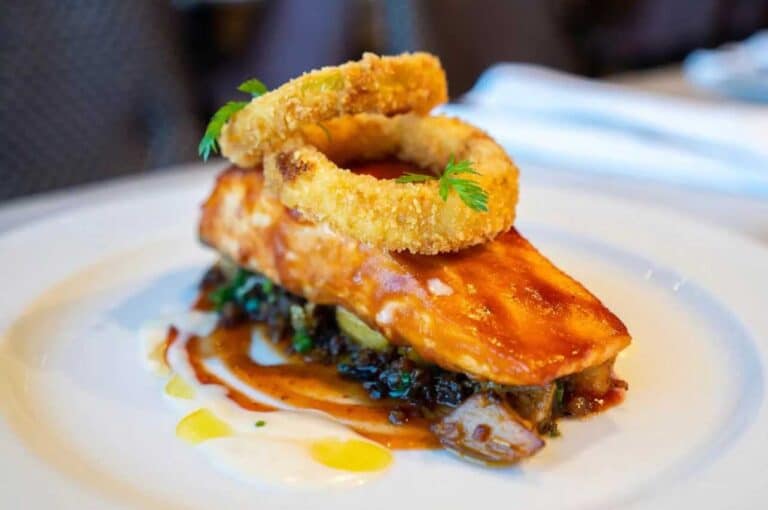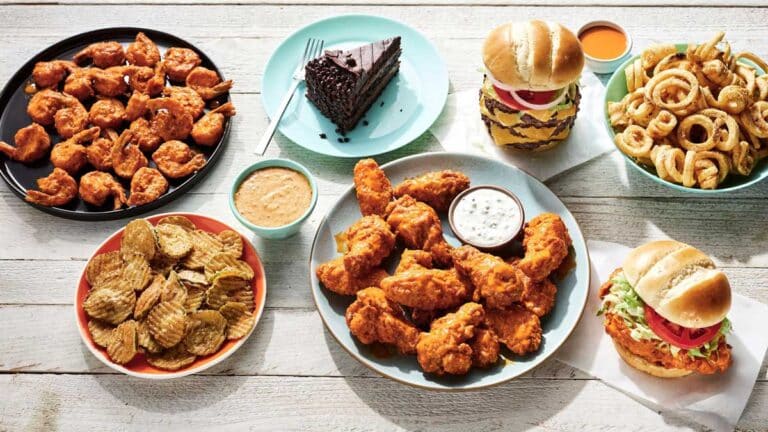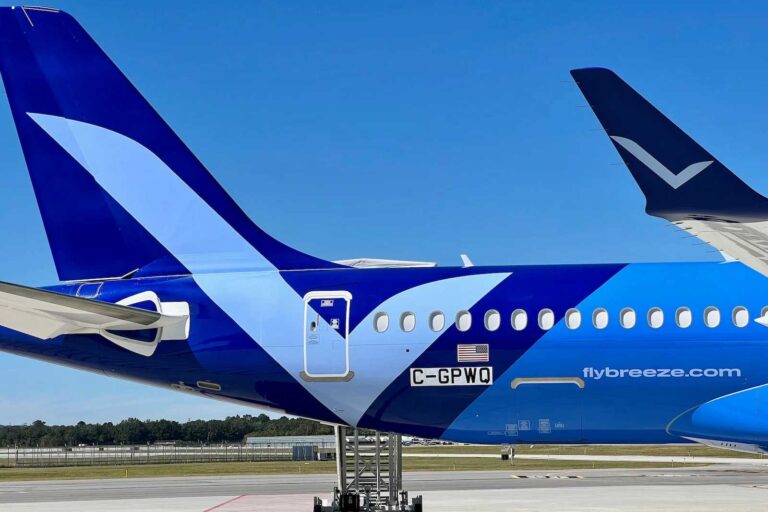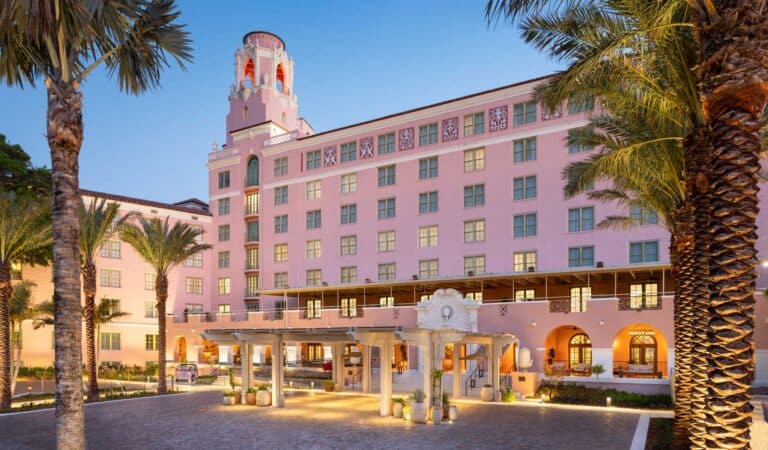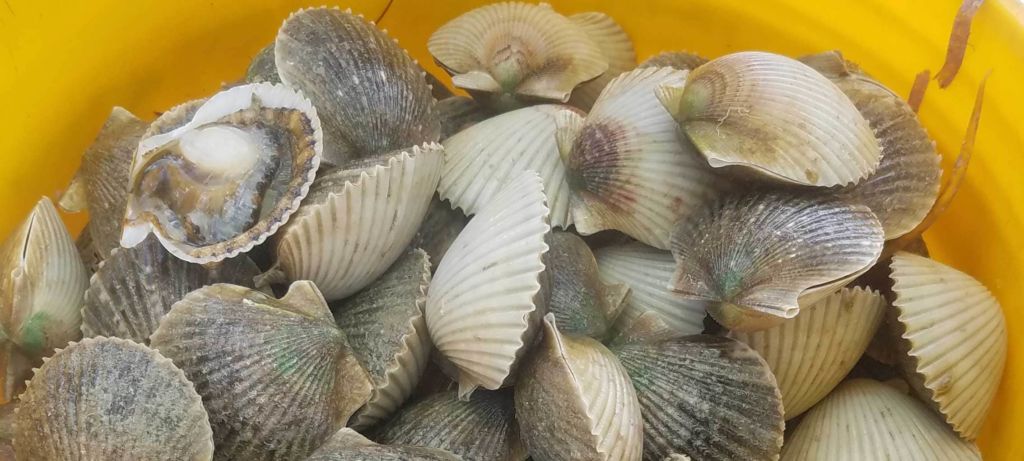
Bay scallops are one of Florida’s most beloved delicacies. Along with stone crabs, rock shrimp, Caribbean lobsters, and grouper, bay scallops are a treat that Florida residents and visitors can harvest on their own and then take home to cook and enjoy.
Bay scallops are smaller than the sea scallops that you see at some of the finer seafood restaurants, and they’re also distinct in color (usually found either in light beige or pink color vs. the traditional white hue of a sea scallop). Once cooked, their flesh is sweeter and more tender than their larger cousins from the sea.
Compared with oysters and clams, scallop shells are lightweight to aid in swimming. (Because you’re about to ask: Scallops swim by quickly opening and closing their shells, propelling themselves forward, according to Lobsteranywhere.com.) And because a scallop can’t dig, its shell is forced to also act as camouflage.
Worried about eating them? Scallops are one of the cleanest shellfish available. The abductor muscle is not used to filter water, so scallops are not susceptible to toxins or contaminants the way other shellfish often are.
If you’re new to the hobby of harvesting bay scallops, here’s a quick primer on what you need to go before you jump into the water.
2021 Florida Scallop Season Dates
The 2021 open season dates for scalloping are: July 1 – September 24, 2021
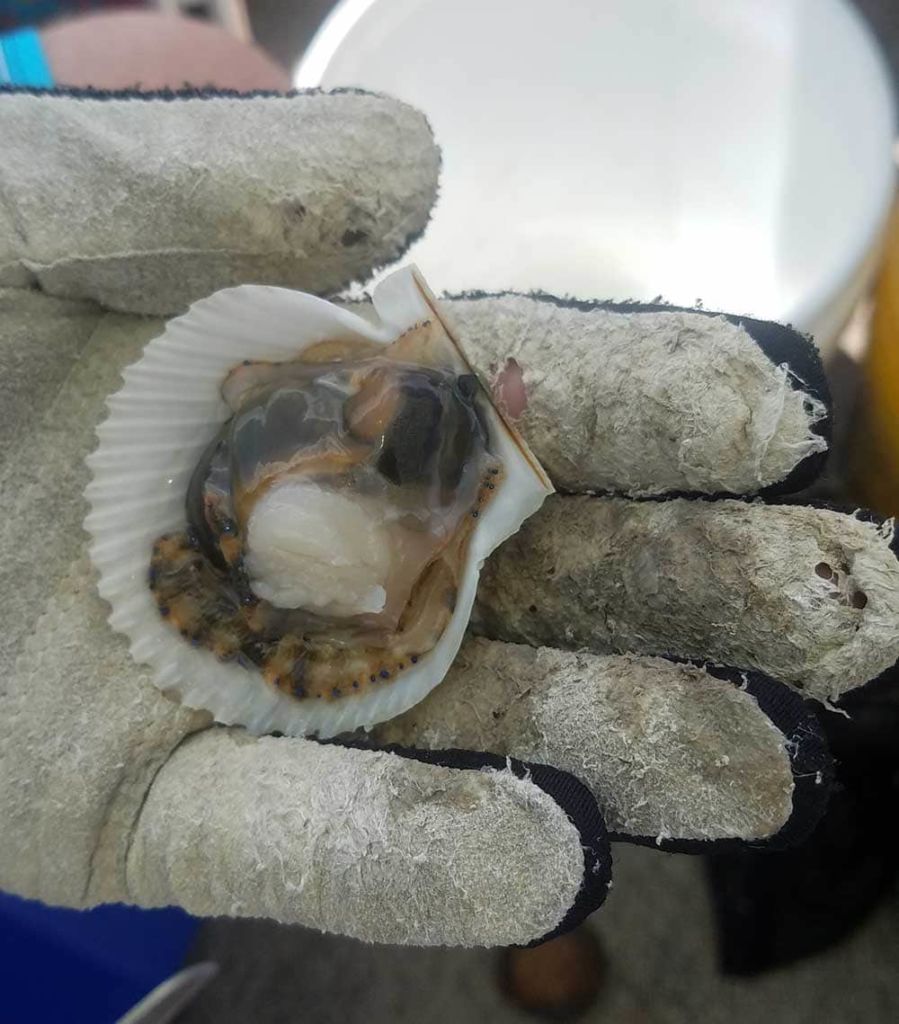
2021 Florida Scalloping Dates by County
Bay scallops may only be harvested in state waters from the following zones:
- St. Joseph Bay and Gulf County: August 16 -September 24, 2021
- Franklin County through northwestern Taylor County (including Carrabelle, Lanark and St. Marks): July 1 through September 24, 2021.
- Fenholloway through Suwannee Rivers Zone (including Keaton Beach and the Steinhatchee area): June 15 through Labor Day.
- Levy, Citrus and Hernando counties (including Cedar Key, Crystal River and Homosassa): July 1 through September 24, 2021.
- Pasco County: July 16-25, 2021.
For more details, see the guidelines set forth by the state here.
Recreational scallopers need to have a current Florida saltwater fishing license. You are exempt if you’re on a charter boat with a valid recreational saltwater fishing license. Go here to apply for a license.
The bag limit is 2 gallons of whole scallops in the shell per day or 1 pint of scallop meat per person per day. No vessel can have more than 10 gallons of whole scallops or 1/2 gallon of scallop meat at any time.
It is illegal to possess scallops on any waters outside the open harvest areas and it’s illegal to bring scallops to shore outside open harvest areas.
A dive flag is required, even when wading for scallops.
Scalloping Gear
Here’s a list of recommended gear to have with you during scallop harvesting:
- Dive mask with snorkel and fins
- A mesh bag for holding scallops while gathering
- A cooler with ice
- A diver waterproof glove (just for the hand used to grab scallops – optional) and scalloping knife
- Dive flag
Scalloping Tips
- The best water depth is 4-8 feet.
- Clear water is best with sea-grass beds; scallops are usually found in the grass or at the edges of sandy spots.
- Once you see a scallop, dive down and grab it. Scallops will try to swim away but they aren’t very fast. They will also pinch you if you’re not careful – just grab them and quickly put them in your mesh bag.
- Sometimes it takes a few minutes for your eyes to adjust to the light underwater but it won’t take long and you’ll be able to recognize the scallops.
- Once you’re back on the boat, place scallops in a live well in the boat or a cooler with the scallops on top of the ice. They will die quickly if they get warm or if freshwater gets in their shells. The ice will also make them easier to open because the muscle that holds the shells together relaxes.
Best Areas to Scallop
Best Places to Scallop, according to Reelpursuits.com:
- Steinhatchee/Keaton Beach
- Crystal River
- Homosassa – an hour north of Tampa
- Port St. Joe (between Panama City and Apalachicola) and Cape San Blas
- Keaton Beach
- Bayport Pier & Hernando Beach
Images and resources by Alicia White and Carol Henry Lee

